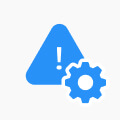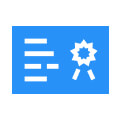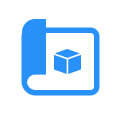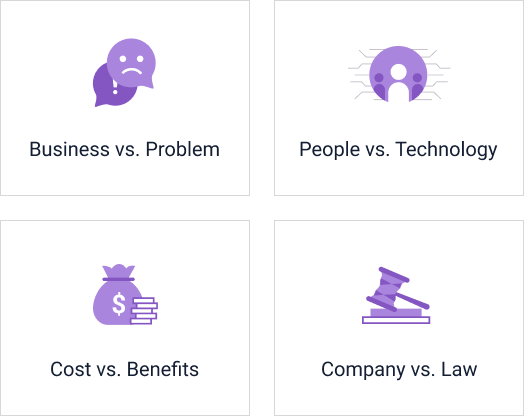Use Cases Bucket 1
Clinical Trials
Stakeholders
Sponsors, Investigators, Regulators, and Patients.
Background
86% of clinical trials don’t achieve the patient enrollment goals on time and about 19% of clinical trials get terminated due to insufficient patient subjects.
Objective
To reduce the time taken to enroll patients using a blockchain process automation solution.
Solution
The blockchain solution automates patient enrollment in clinical trials. Sponsors can send a matching request to the smart contract which in turn notifies the qualified patients. The smart contacts qualify the patients using the inclusion/exclusion criteria set in the protocols. Thus, the blockchain solution helps connect sponsors with patients anonymously. Based on the patient geography, the sponsor can select the clinical sites for trial. Once the study is approved by the authority, the patient is incentivized for participation.
Benefits
Faster completion of clinical trials.
Stakeholders
Sponsors, Investigators, Regulators, CROs, Physicians, and Patients
Background:
Clinical reproducibility is the ability of a clinical trial to bring about the same desired output every time it is fed with the same data inputs. But close to 80% of medical studies are non-reproducible meaning they don’t provide the same output at all given times. Suffice to say that the data integrity is lost at some point in the process.
Objective
To achieve data integrity and eliminate falsification of data using a data traceability solution.
Solution
A clinical trial is subjected to an extensive protocol that is approved by a regulatory authority. The trails pass through 5 phases. Across the phases, the raw data collected from patients in the form of surveys, interviews, and lab results, is recorded in the immutable ledger. The blockchain ledger contains the actual data, proof of data existence (e.g., a consent that has been signed by the patient), and metadata (e.g., protocol version, statistical analysis plan). Timestamping, time-sequencing, and smart contracting features ensure data provenance at every step in the clinical trial.
Benefits
High research quality and lower cost of drug development.
Stakeholders
Sponsors, Investigators, Regulators, CROs, Physicians, and Patients
Background
Twofold challenges in conducting faster and efficient clinical trials: 1 – patient recruitment 2. Trial reproducibility. Put together, these challenges entail huge costs for the sponsors and affect drug delivery timelines.
Objective
Streamline clinical trials through end-to-end process automation and data traceability solutions.
Solution
The solution combines the features of automated patient enrollment and trial reproducibility solutions. The patient is enrolled faster, incentivized to participate, and has full control over their identities and consent forms. The blockchain ledger ensures clinical data integrity through timestamping, time-sequencing, and smart contracting features.
Benefits
High research quality, lower cost of drug development, faster-to market drugs, improved patient privacy.
















